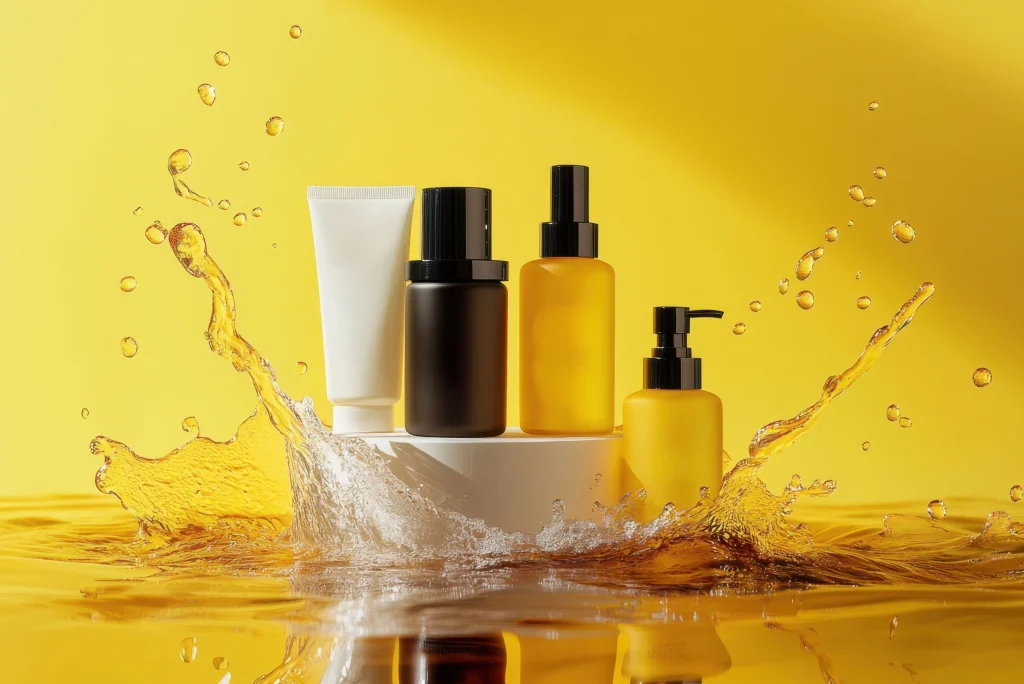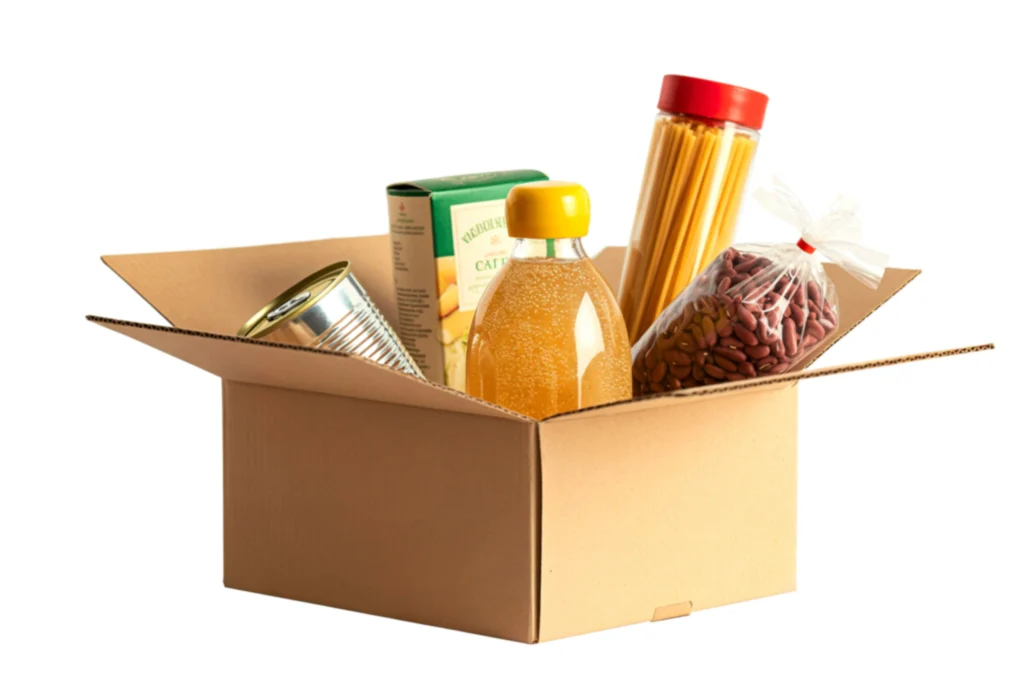How to Ship Liquids: Complete Guide to Safe and Compliant Delivery

How to ship liquids within your country or beyond its borders can be a daunting task for beginners. Liquids are not the same. They can be poisonous, combustible, or harmless. The laws can be harsher when transporting toxic and harsh liquids, as they can cause hazards to humans.
Further, liquids are heavier than solid merchandise. The added weight can inflate your costs. When planning to ship liquids abroad, you will encounter international laws that regulate packaging, rates, and storage. You also have customs authorities to handle in a manner that prevents unnecessary delays, fines, or seizures.
Since you are a beginner, you need detailed advice to determine whether you are prepared for this task. This detailed post discusses the most crucial information you require when shipping liquids internationally or locally.
Can you Ship Liquids?
Shipping liquids to other regions of your country or internationally can happen whether you are a company or an individual. However, you need to know how to ship liquids without getting in the wrong side of the law.
Liquid shipping can get tricky because liquids are delicate. Poor packaging can cause a liquid substance to leak or spill. Moreover, some liquids are harmful to humans if they inhale, touch, or ingest them.
To succeed in this business, you must choose a helpful carrier with less stringent shipping rules and fair rates. International liquid shipping also includes complying with laws that are usually unique to each territory.
Differentiating Between Dangerous and Harmless Liquids
Before you ship liquids, learn international liquid classifications. A liquid product can be hazardous or non-hazardous:
- Hazardous – Items categorized as Hazardous materials are poisonous, harsh, or flammable. Others are alcoholic products, such as beverages and items that have alcohol as an active ingredient. Aerosol and related liquids are harmful and require a warning label even when their active ingredients are not dangerous. Toxic liquids like bleaches and acids can cause death or injuries. Not every shipping carrier handles harmful substances, and those that do have strict rules and regulations.
- Non-hazardous – These liquids include perishable products like fruit juices, milk-based products, vitamins, and supplements. They require controlled temperature conditions. Others include certain cosmetics and cooking oils.
How to Ship Liquids –Packaging Materials

Proper packaging is an integral part of learning how to ship liquids. It includes picking the correct packaging materials and using them correctly. The first material is known as primary packaging. It entails leak-proof cans with pressure-resistant features.
These can include glass or plastic bottles. Aluminum cans with proper seals are an option too. Glass bottles can shatter into pieces because they are fragile. You need to tape them securely and fill any empty spaces with packing peanuts.
Once you finish packing with primary materials, add another layer of protection with secondary packaging. This item is for cushioning the liquid cans or bottles and absorbing shock to prevent breakage.
You require foam inserts, corrugated dividers, cellulose wadding, or thermal bubble wraps for secondary packing. Thermal bubble wraps protect liquids that can spoil due to rising temperatures. Cellulose wadding is ideal for spill protection, as it can absorb and contain leaks.
The most protective layer is the outer packaging. Choose a sturdy outer packaging material such as a corrugated cardboard box. Ensure the box is wide enough, leaving a few inches on each side to create room for cushioning material.
Choose a high-quality adhesive tape to prevent cargo movement during transit. As you select your primary, secondary and outer packaging materials, bear in mind that some kinds are denser. They can increase the overall weight of your liquid, which can hike your shipping rates.
Packaging Liquids Safely – The Best Practices
How to ship liquids is easy if you know the best practices to follow. Here are tips you should remember:
- Avoid Spillage, Leaks, and Breakages – Liquids in transit can leak or spill if the bottle breaks or the seal opens. To prevent such problems, seal your lids tightly with strong adhesive tapes or shrink bands. You can also apply plastic seals around the bottle caps to stop leaks. Protect your liquid containers with cling film to add a protective layer. Alternatively, put your containers inside a sealed plastic bag to shield them from breakage. Lastly, create an expansion space inside the packaging for items such as carbonated beverages or heat-sensitive liquids. This expansion space will ensure the items do not explode due to pressure changes during transportation.
- Create the Right Temperature Conditions – Some liquids require stable temperature conditions to retain their shelf life during shipping. Perishables such as dairy, fresh juice, and alcoholic beverages require insulated foam boxes or thermal liner packaging to remain safe even when temperatures flactuate. If you want to transport these liquids to warm regions, consider adding dry ice or cold packs into the packaging to cool the storage area. If you use dry ice to preserve the freshness of your liquid cargo, label it well.
- Tackle Pressure Changes like a Professional – Pressure rises in high altitudes, causing containers to expand and leak liquids. If you plan to transport your liquid cargo by air, take precautions when packaging. Opt for pressure-proof bottles with airtight caps. You can also use vented caps when transporting pressure-sensitive liquids such as carbonated drinks to allow gas to escape without causing leakage.
- Label the Liquid Cargo – Once you hand over the cargo to the carrier, the workers will handle it until it reaches the destination country. You should make them aware of what you have packed in the box with a sticker or label. If the item is flammable, breakable, toxic, or non-hazardous, indicate that on the label. Different countries have unique labeling rules. As you study how to ship liquids, list down the labeling laws of the destinations you want to work with.
Shipping Liquids with Major Carriers
How to ship liquids entails choosing the best shipping carrier. Although many international shipping carriers exist, the most trusted ones are the USPS, UPS, DHL, and FedEx.
Each shipping carrier has distinct requirements that you must fulfill. To know the best one to choose among these, learn their requirements below:
- United States Postal Service (USPS) – One way to ship your liquids abroad or to a different state is via the USPS. The service allows you to ship liquids if you meet specific rules. First, you should pack non-hazardous and non-flammable liquid products in a sealed container. How to safely ship liquids with USPS also entails package labeling. You should not only add a sticker but also display the ingredients of your product. If you want to ship nail polish or a product containing alcohol, you cannot use the USPS. If you plan to ship more than four ounces of liquid, follow the triple packing rule. It means using insulating packaging materials and leak-resistant containers to prevent leaks or damage.
- FedEx – Another global shipping carrier to use for shipping your liquids is FedEx. How to ship liquids with FedEx differs from the USPS method, as you must follow specific guidelines. First, you must use leak-proof primary packaging materials. Ensure they have tight seals to avoid spillage or leakage. FedEx wants you to fill empty spaces to ensure the packing containers or boxes do not come into contact during transit. The bottles should be upright, while the outer container must prevent leakages.
- UPS – This carrier has no categorical liquid shipping rules. Even so, you still need to learn how to ship liquids with it. First, avoid glass bottles if you expect to transport your liquids by air. Follow every crucial liquid packaging rule if you plan to use the UPS carrier. Obtain a specific contract or permit that allows the shipping of alcoholic beverages.
- DHL – DHL explains how to ship liquids on its official website. If you want to ship hazardous products like aerosol cans or aftershaves, you can use DHL’s dangerous goods shipping program. If you are shipping to a European country, ensure you obey the specific country’s rules. DHL offers thermal packaging solutions for items like pharmaceuticals or perishable liquids.
How Much to Ship Liquids - Cost of Shipping Liquids

Do liquid shipments affect shipping rates? Many SMES and individuals looking to ship liquids want to know the estimated budget for that. Carriers use weight-based and dimensional weight pricing methods.
Thus, bulkier liquids such as syrups and oils are expensive to ship. On the other hand, lightweight liquids packed in oversized boxes may attract a higher rate because of the box size. If you want to ship dangerous liquids, most carriers will charge additional fees because of the potential risks.
Fragile liquids require special packaging materials and extra insurance cover to ensure their safety. These extra protective items can increase the overall cost. If you want to know how to ship flammable liquids cheaply, consider a carrier with a program for transporting hazardous goods.
You can also lower the cost by avoiding bulky glass containers and opting for plastic bottles. Use lightweight fillers such as foam insert not to increase the cargo weight and cost. Compare the rates among the aforementioned companies for hazardous and non-hazardous liquid cargo. Select the carrier that meets your budget.
If you plan to ship liquids in bulk, consider freight carriers that charge a fair price per unit. You can also combine small shipments to save. That entails using the Less Than Truckload services. The last tip for lowering cost is to consider pallets.
These enhance the stability of the shipment while preventing leaks and keeping many liquid cans together. To increase cargo security and avoid damage that could raise shipping rates, use corner protectors and stretch wraps.
Conclusion
Now you know how to ship liquids locally or internationally. The focus is on following instructions from carriers and specific destinations. Package, label, and obey international shipping rules.
If you do things well and still experience spillage, leakage, or damage, you can file a claim for damaged shipments. Simply have your shipping documents, evidence of proper packaging material and style, and photos showing the signs of damage.
